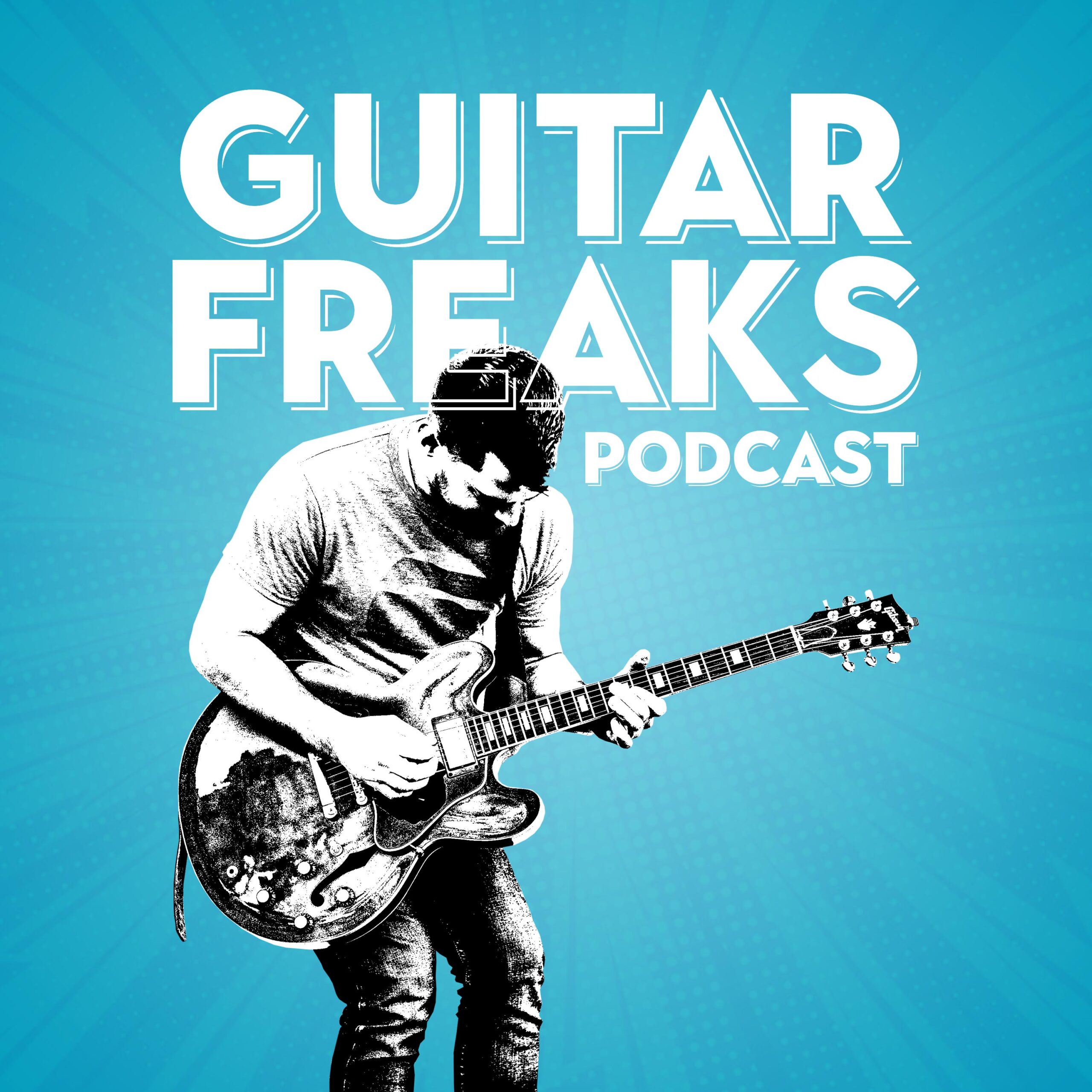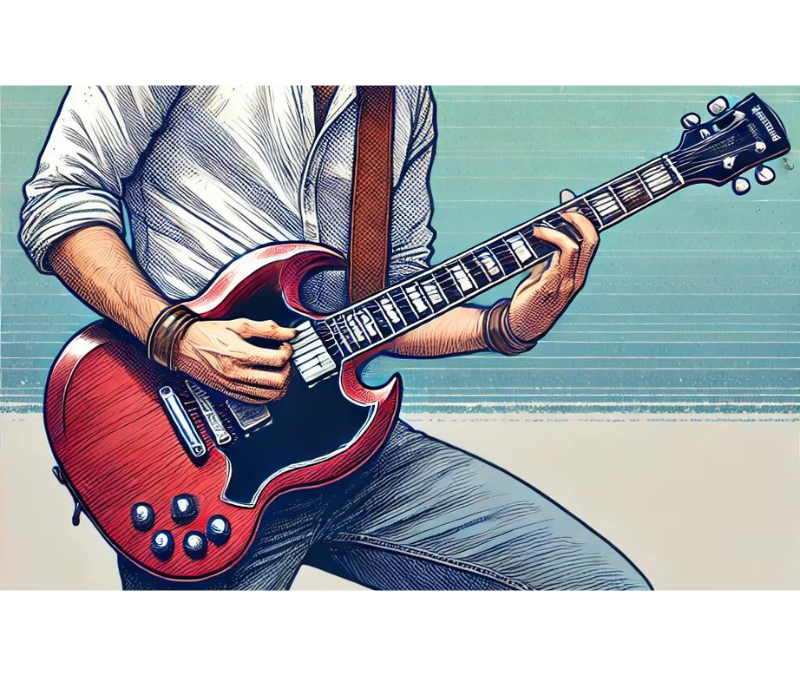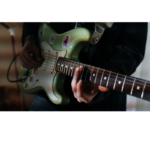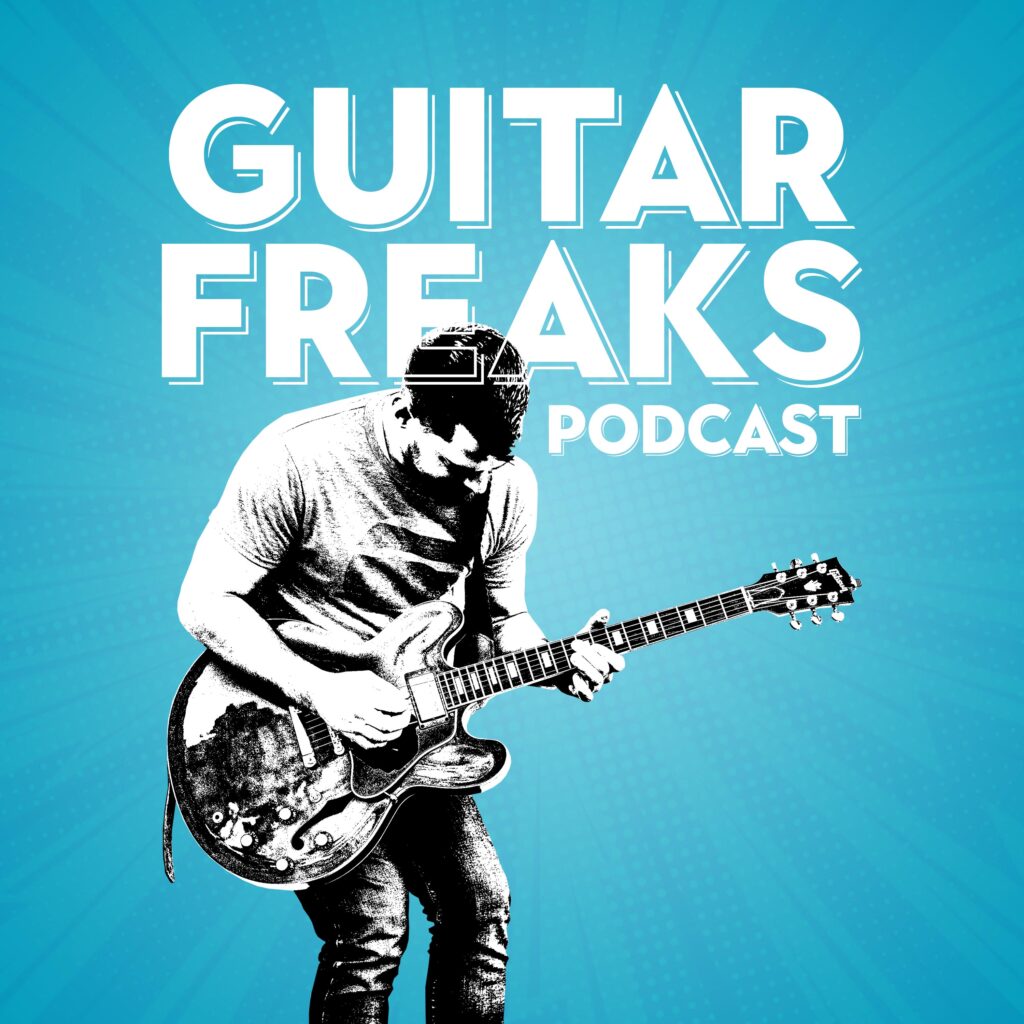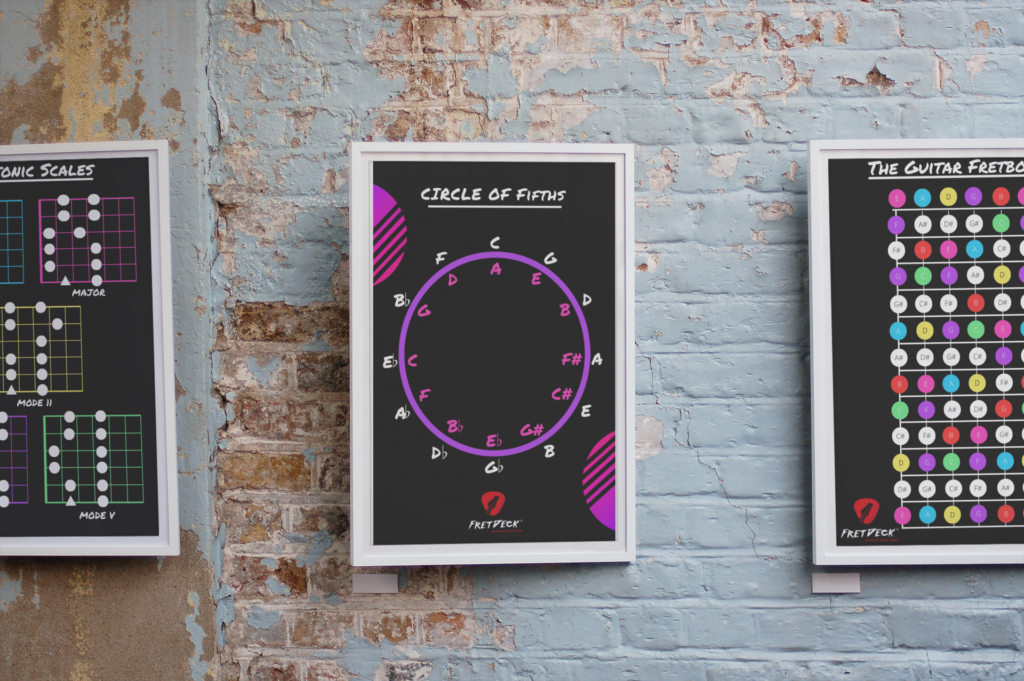Guitar soloing feels like poetry in motion.
Others? Just fast noise.
If you’ve ever wondered why one guitarist can bring you to tears with three notes—while another loses you in a sea of scale runs—this post is your wake-up call.
Guitar soloing isn’t about how fast you can shred or how many notes you can cram into a measure.
It’s about phrasing. Feel. Storytelling.
It’s a musical conversation.
In this no-fluff guide, I’ll show you a 3-part soloing framework—the beginning, middle, and end—designed to elevate your playing from guesswork to greatness.
We’ll use phrasing tips, improvisation prompts, and fretboard strategies pulled directly from the FretDeck™ Pentatonic System, my go-to tool for unlocking the neck.
And if you’re tired of noodling without purpose, I invite you to:
👉 Get FretDeck™
👉 Get inside our Discord: Guitar Freaks Hangout
That’s where the real growth happens.

❌ Stop Guessing. Start Shredding.
If you’re still fumbling through scale patterns and box shapes… it’s costing you progress.
FretDeck™ is the no-fluff system that shows you exactly how to master the fretboard—fast. Early access.
⚡️ This isn’t for dabblers. It’s for players who want results.
👉 Click here to join the pre-launch now
Early access. Limited rewards. Don’t wait.
🎬 Part 1: Start Strong — The Opening of Your Guitar Solo
Like the first sentence in a great novel, the beginning of your guitar solo sets the tone.
If it doesn’t hook the listener… nothing else will.
🎸 1. Simplicity is King
As Adam Levy says:
“Start so simply it almost feels like you’re not trying.”
Simple doesn’t mean weak.
It means confident.
Try this A minor pentatonic phrase at the 5th fret:
e|-----------5-8-
B|-------5-8-----
G|---5-7---------
D|-7-------------
Now repeat it.
Add vibrato.
Then shift it up an octave.
That’s phrasing.
That’s storytelling.
That’s guitar soloing with intention.
❗ FretDeck™ Prompt: Choose one phrase. Say it 5 different ways. Your job isn’t to invent—it’s to reinterpret.
🎸 2. Call and Response Creates Connection
The blues lives on call and response.
Play a phrase. Then answer it.
Prompt:
Bend the 9th fret on the G string (B note), pause,
then respond by sliding down to the 5th fret on the B string.
Contrast in tone and range makes it human.
🎸 3. Use Dynamics to Whisper and Roar
If every note is loud, none of them are.
Prompt:
Start your solo fingerpicking.
Let the notes breathe.
Add reverb.
Let the guitar speak like it’s confessing something.
🎧 Remember: Emotion isn’t in the note—it’s in the delivery.
⚡ Part 2: Build Heat — The Middle of the Guitar Solo
This is where your solo earns its keep.
You’ve set the emotional foundation—now build tension and expand on it.
🎸 1. Develop the Motif
Take your opening phrase and mutate it.
Use triplets. Shift octaves. Change the rhythm.
Try this variation:
e|-------------12-15-
B|--------12-15------
G|--12-14------------
Move it up the neck.
Syncopate it.
Make it yours.
This is how guitar soloing evolves—it’s not random, it’s development.
🎸 2. Add Technique to Elevate Emotion
Technique is a spice, not the meal.
Try this legato run with vibrato:
G|--12h14p12----14b16r14--12-
This isn’t showing off—it’s painting with texture.
🎸 3. Tension + Release = Drama
Good solos tell stories.
Great solos build tension and then offer relief.
Prompt:
Walk chromatically from fret 7 to 10 on the G string,
then land on the 9th fret of the D string.
Let it resolve like a sigh.
🎸 4. Move Up the Neck to Lift Emotion
Sliding from the 9th to 12th fret on G.
Jumping to 15th fret on high E.
Bend. Hold. Cry.
You’re not just playing higher—
you’re elevating the emotional intensity.
❗ Use the FretDeck™ to map the next position before you slide. Don’t guess. Know where you’re going.
🎯 Part 3: Finish Like You Mean It — The End of Your Guitar Solo
Most guitarists trail off at the end like a sentence that forgets what it was saying…
Don’t be that player.
🎸 1. Echo the Beginning
Circle back to your first phrase—but altered.
Make it slower.
Add a harmonic.
Make it mean something new.
This gives your solo a narrative arc.
🎸 2. Go Out on a High Note
Sometimes you need a climax.
Try this run:
D|--12-14-16-
G|--12-14-16-
B|--12-15b17~~
Hold that bend.
Let it cry out like the final line of poetry.
🎸 3. Use Silence to Say More
After that big moment—pause.
Let one final note ring.
Prompt:
Hit the root.
Let it decay.
Say nothing more.
🎧 Silence is your secret weapon in guitar soloing.
🎴 Bonus Practice: FretDeck™ Soloing Challenges
These are real-world exercises that’ll level up your soloing this week:
1. The One-String Solo
Solo for one minute using only one string (e.g. the B string).
You’re only allowed bends, slides, and phrasing.
🔥 Forces creativity and control.
2. Three-Note Theme
Choose any three notes from a pentatonic scale.
Solo using only those.
🔥 Simplicity births soul.
3. The Backward Solo
Start loud and wild.
Then wind down into softness and space.
🔥 Flip the arc. Surprise the ears.
💥 Want to Master Guitar Soloing for Real?
If this guide sparked something in you,
imagine what the FretDeck™ will unlock.
🎯 Visual Scale Mastery
The FretDeck™ shows you where each pentatonic mode lives on the neck.
🎯 Soloing Prompts That Work
No more guesswork. Just usable, repeatable creative sparks.
🎯 Learn Faster With Your Eyes and Ears
The system is visual. It clicks instantly.
❌ Stop Guessing. Start Shredding.
⚡ This isn’t for dabblers. It’s for players who want results.
👉 Click Here to Join the Pre-Launch Now
🎁 Early access. Limited rewards. Don’t wait.

❌ Stop Guessing. Start Shredding.
If you’re still fumbling through scale patterns and box shapes… it’s costing you progress.
FretDeck™ is the no-fluff system that shows you exactly how to master the fretboard—fast. Early access.
⚡️ This isn’t for dabblers. It’s for players who want results.
👉 Click here to join the pre-launch now
Early access. Limited rewards. Don’t wait.
🎧 Pro Tip: Study the Masters
Watch B.B. King play “The Thrill Is Gone” on YouTube.
He plays fewer notes than most—but with more soul than all of them.
That’s guitar soloing done right.
➕ Community Link
🎸 Hop into the Guitar Freaks Hangout Discord
Jam with players who are serious about soloing.
Ask questions. Share licks. Build solos together.
This is the community for tone-chasers and phrasing lovers.
Final Thoughts: Great Guitar Soloing is Emotional, Not Just Technical
You don’t need faster fingers.
You need better phrasing.
Stronger structure.
A story to tell.
Let’s stop noodling.
Let’s start moving people.
Because when you master guitar soloing,
you don’t just play notes…
You speak.
⚡ Call to Action: Be the Guitarist That Moves People
👉 Yes, I Want the FretDeck™
🎯 Visual scale mastery. Emotional phrasing prompts.
🎸 Built for soloists, by soloists.
👉 Join the Guitar Freaks Hangout Discord
Your group of soloists awaits.
This is the art of guitar soloing.
And this is where it begins.
🎸 See you inside the movement.
🎯 Want to learn how to craft solos with melody and emotion?
Check out How to Solo on Guitar: A Guide to Crafting Melody — it dives into using major, pentatonic, and modal scales for melodic, expressive solos
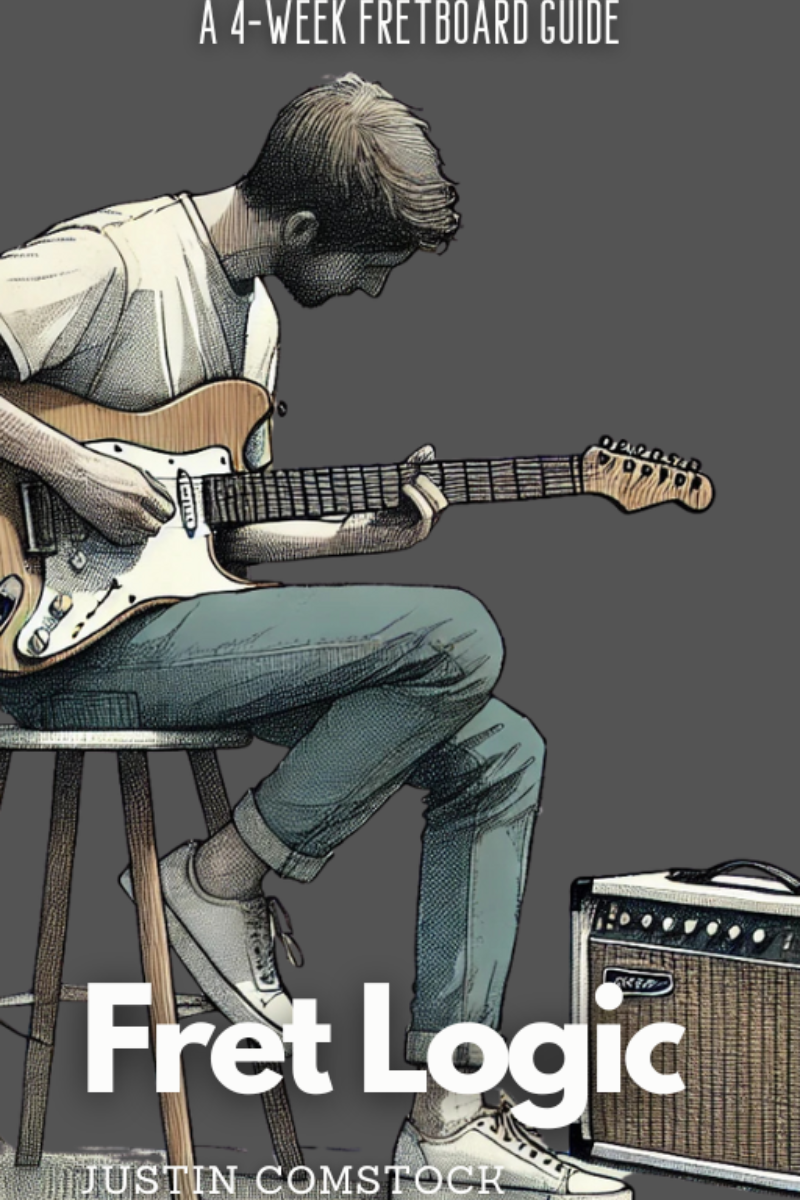
Join Guitar Freaks Hangout on Discord! 🎸
Get Fret Logic FREE!
Join the Guitar Freaks Hangout Discord and get exclusive access to my entire e-book, Fret Logic! Master the fretboard and elevate your solos with this comprehensive guide.
👉 Don’t miss out—join now and download your free copy!
